Introduction
Are you curious about raw diets for pets? Many pet owners are choosing to make homemade meals. This trend allows for better control over ingredient quality. Understanding raw diet ingredients is essential for balanced nutrition.
For those who want to dive deeper into this culinary adventure, grab a Raw Dog Food Recipe Book. It’s packed with scrumptious recipes that will make your pup drool!
Summary and Overview
A raw diet primarily consists of animal and plant-based ingredients. It includes fresh meats, bones, fruits, and vegetables. Benefits of a raw diet often include improved health and vitality. Pets may experience shinier coats and increased energy levels.

Key components of a balanced raw diet involve proteins, fats, vitamins, and minerals. Variety is crucial; different ingredients provide diverse nutrients. Always source high-quality ingredients to ensure safety and health.
The goal of this article is to give pet owners a detailed understanding of raw diet ingredients and how to use them effectively. And while you’re at it, why not invest in a Dog Food Storage Container? It keeps your precious ingredients fresh and pest-free, making your meal prep a breeze!
Understanding Raw Diets
What is a Raw Diet?
A raw diet for pets is a feeding approach that emphasizes natural, unprocessed foods. It typically includes muscle meats, raw bones, and a selection of fruits and vegetables. This concept gained popularity in the 1990s, largely due to the BARF diet proposed by veterinarian Ian Billinghurst.
The key principles behind raw feeding focus on species-appropriate nutrition. This means mimicking what pets would eat in the wild. Unlike traditional commercial pet foods, raw diets avoid highly processed ingredients. Many pet owners believe this approach leads to improved overall health for their pets.

Benefits of a Raw Diet
A raw diet offers numerous health benefits for pets. Many owners report improved coat condition. Healthier skin and shinier fur are common observations. Digestive health often sees a boost too, with fewer digestive issues. Raw diets can lead to better energy levels and vitality.
However, raw diets come with risks and challenges. Bacterial contamination is a concern, as raw meat can harbor pathogens. There’s also the risk of unbalanced nutrition if not done correctly. It’s essential to ensure that all nutritional needs are met.
Consulting with a veterinarian is crucial before making dietary changes. A vet can help ensure the diet is balanced and safe. It’s always better to seek expert advice when considering a raw diet. And speaking of safety, having a Pet First Aid Kit on hand can be a game changer for those unexpected moments!
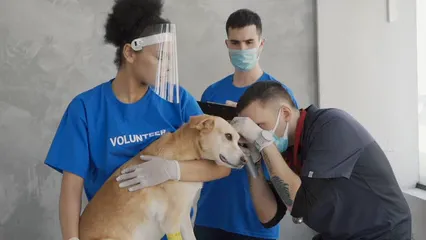
Key Ingredients in Raw Diets
Meat and Offal
Muscle meat is vital for your pet’s protein intake. It’s the primary source of energy and essential amino acids. Suitable meats for raw feeding include beef, chicken, and lamb. Each type brings unique nutritional benefits, contributing to a well-rounded diet.
Don’t overlook organ meats. They provide essential nutrients that muscle meat lacks. Organs like liver and kidneys are rich in vitamins and minerals. Including a variety of meats and offal enhances nutritional diversity. To make sure you’re measuring portions accurately, a Pet Food Scale can be a handy tool!
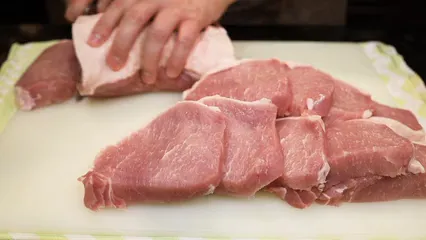
Bones
Bones play a critical role in providing calcium and phosphorus. These minerals are essential for strong bones and teeth. Raw bones also aid in dental health by reducing plaque buildup.
When selecting bones, focus on safe options. Raw meaty bones, like chicken necks or beef ribs, are great choices. Always avoid cooked bones, as they can splinter and cause harm. And if you’re looking to grind bones for a smoother mix, consider a Raw Meat Grinder to make your life easier!

Vegetables and Fruits
Plant ingredients play a vital role in your pet’s diet. They provide essential vitamins and fiber, which support digestion and overall health. A variety of vegetables and fruits can enhance nutrient intake. Consider including leafy greens, carrots, sweet potatoes, and berries. These options are packed with antioxidants and beneficial phytochemicals.
Preparation methods matter too. Pets may struggle to digest whole vegetables and fruits. Pureeing or lightly steaming these ingredients can improve digestibility. This process breaks down cell walls, making nutrients more accessible. A Pet Food Blender can be your best friend here!

Supplements
Common supplements can enhance a raw diet. Fish oil and probiotics are popular choices. Fish oil provides omega-3 fatty acids, which promote healthy skin and coat. Probiotics support gut health, helping with digestion and nutrient absorption. For those looking to boost their pets’ health, Omega-3 Fish Oil for Pets is a fantastic addition!
When to use supplements is crucial. If your pet shows signs of deficiencies or has specific health issues, consider adding them. However, be cautious about over-supplementation. Too much can lead to imbalances and health problems. Always consult your veterinarian to determine the right approach.

If you’re looking for guidance on how to support your dog’s joint health with supplements, check out the Best supplements for dogs with joint pain and arthritis.
Preparing a Balanced Raw Diet
Portion Guidelines
Creating a balanced raw diet requires careful portioning. A common guideline suggests 70-80% meat, 10-15% bones, and 5-10% organs. Plant matter should make up about 10% of the diet.
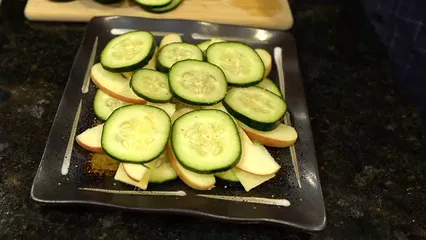
Adjust portions based on your pet’s size, age, and activity level. Active pets may need more protein for energy, while older pets might benefit from lighter meals. Always monitor your pet’s weight and health to ensure the diet meets their needs. Balancing the right components will promote optimal health and well-being.
Sourcing Quality Ingredients
Finding fresh, high-quality ingredients is vital. Start by visiting local farmers’ markets. They often provide organic and seasonal produce. Building relationships with local farmers can ensure better quality than commercial suppliers.
Local farms typically maintain higher standards for freshness. They also reduce the carbon footprint associated with transporting food. Plus, you support your community! Commercial suppliers can offer lower prices but may compromise on quality. Always ask about sourcing practices when choosing suppliers.

Handling raw ingredients safely is essential. Always wash your hands before and after touching raw food. Use separate cutting boards for meats and vegetables to avoid cross-contamination. Store raw ingredients in airtight containers in the fridge. This helps maintain freshness and prevents spoilage. And for that, a good Vacuum Sealer for Pet Food can be a lifesaver!
Common Myths and Misconceptions
Many myths surround raw feeding, especially regarding vegetables. One common belief is that dogs can’t digest them. In reality, dogs can absorb nutrients from plant ingredients. Properly preparing vegetables, like pureeing or steaming, makes them digestible.
Concerns about bacteria often arise with raw diets. While raw meat can harbor harmful bacteria, proper handling can mitigate risks. Washing hands and surfaces can help keep both pets and humans safe.
Another misconception is that grains are essential in a pet’s diet. In truth, dogs do not require grains for balanced nutrition. Many thrive on a grain-free raw diet, benefiting from high-quality proteins and vegetables.
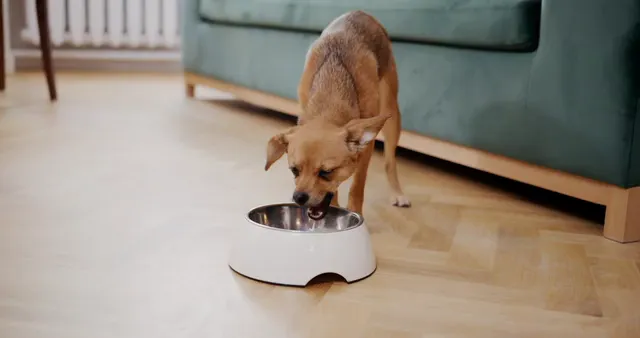
Transitioning Your Pet to a Raw Diet
Steps for Transition
Introducing raw food to your pet’s diet should be gradual. Start with small amounts mixed with their current food. Slowly increase the raw portion over a week or two. This method allows their digestive systems to adjust.
Watch for signs of successful adaptation. Improved energy levels and healthier coat conditions indicate your pet is adjusting well. If you notice any digestive issues, slow down the transition. Consult a veterinarian if you have concerns about your pet’s health during this process.
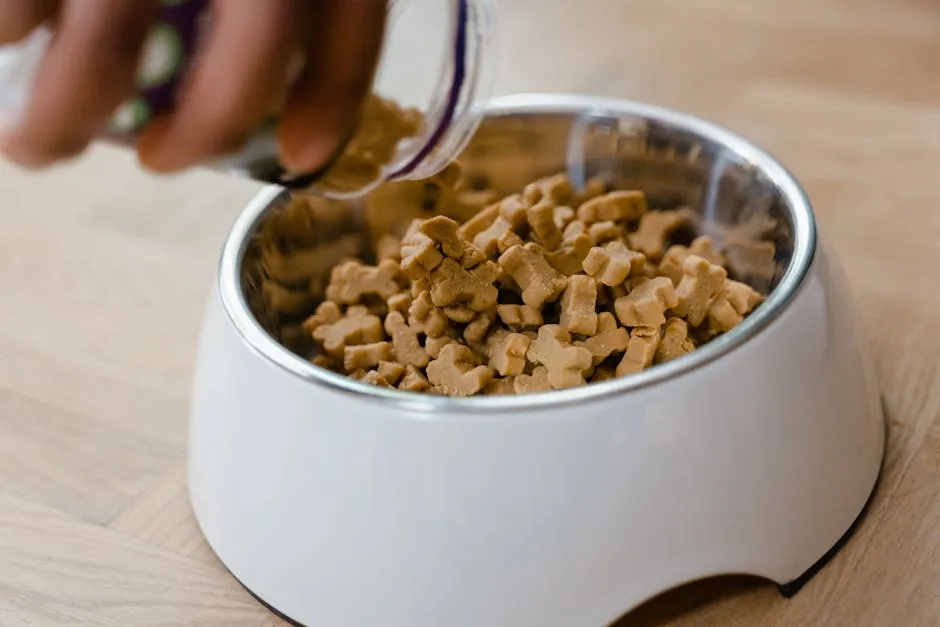
Monitoring Health
Transitioning your pet to a raw diet can be exciting. However, regular veterinary check-ups are crucial during this change. Your vet can monitor your pet’s health and ensure they are adjusting well. They can also identify any potential issues early on.
Keep an eye out for signs of dietary deficiencies. Common symptoms include lethargy, poor coat condition, and digestive problems. If your pet experiences weight loss, vomiting, or diarrhea, consult your vet immediately. These issues may indicate an unbalanced diet or food intolerance. And don’t forget to have a Dog First Aid Book handy for emergencies!
Pets can react differently to new foods. Some may develop sensitivities or allergies. Observing your pet’s behavior and health can guide you in making adjustments. Always prioritize their well-being during this dietary transition.
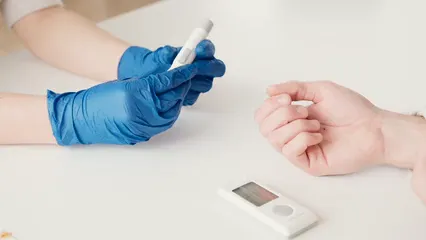
Conclusion
In summary, understanding raw diet ingredients is vital. Properly balanced nutrition can lead to healthier, happier pets. Encourage pet owners to explore raw diets cautiously and knowledgeably. Always consult with a veterinarian to ensure a balanced and safe approach for your furry friends. And for those who want to treat their pups to something special, check out a Dog Treats Recipe Book for homemade goodies!
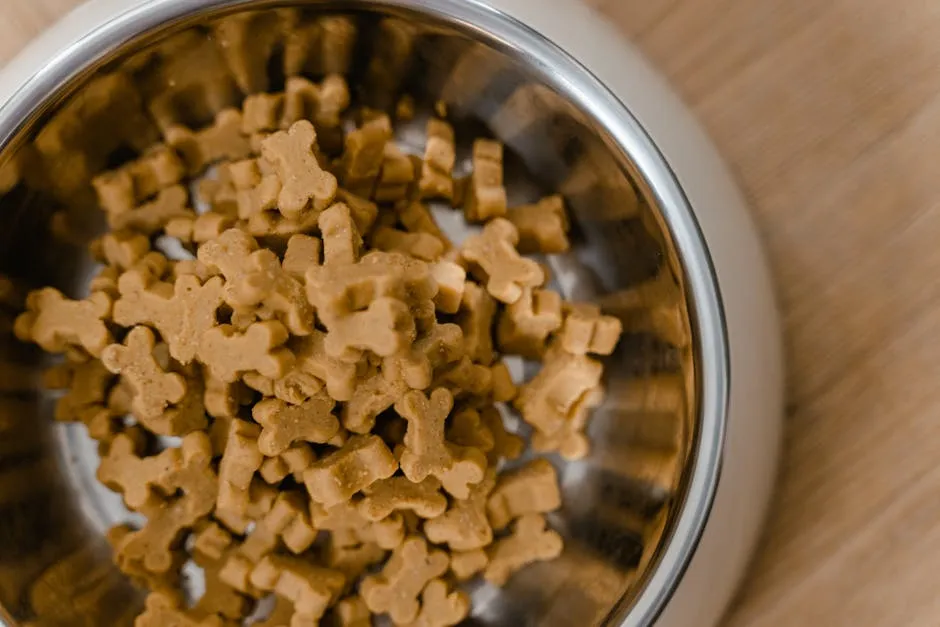
FAQs
What are the essential ingredients for a raw pet diet?
The main components include muscle meat, bones, organs, and plant matter.
Can all pets thrive on a raw diet?
Not all pets may adapt well; each needs a tailored approach.
How do I safely handle raw ingredients?
Use separate cutting boards, wash hands frequently, and store food safely.
What should I do if my pet refuses to eat raw food?
Picky eaters may need gradual introduction or alternative flavoring options.
Are there any risks associated with feeding a raw diet?
Potential risks include bacterial contamination and nutritional imbalances.
Please let us know what you think about our content by leaving a comment down belove!
Thank you for reading till here 🙂
All images from Pexels





